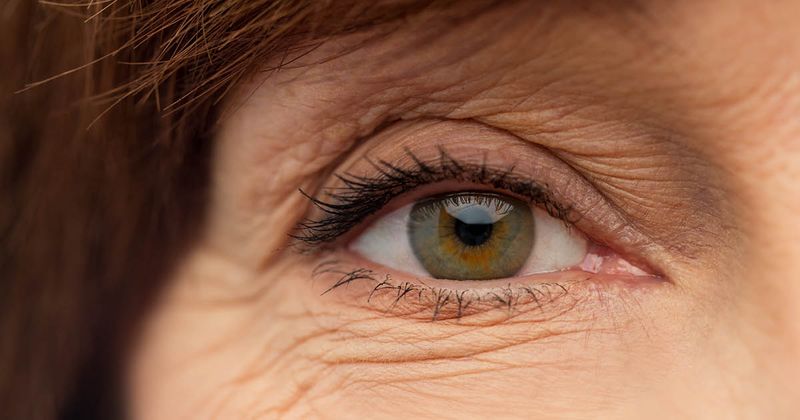Catenary curve-based multifocal contact lens extends functional vision in presbyopia
Key takeaways:
- NaturalVue Enhance Multifocal 1 Day contact lenses significantly improved visual acuity from defocus of –1.50 D to –4.00 D.
- Participants reported high satisfaction with the lenses.
A catenary curve-based, extended depth of focus multifocal contact lens provided full functional vision range, under naturally varying conditions, for older adults with advanced presbyopia, according to a study in Clinical Ophthalmology.
“Spectacles are the most common approach to correction of presbyopia,” K. Ashley Tuan, OD, MS, PhD, FAAO, chief medical officer at Visioneering Technologies, and colleagues wrote. “However, many factors drive patients to seek independence from spectacles, and contact lenses provide such flexibility. With aging populations seeking to remain active, contact lenses prescribed to address presbyopia have seen a steady increase in adoption, with a prevalence that has doubled in the last two decades.”

In a prospective study of 24 individuals with presbyopia aged 51 to 68 years (mean age, 59.2 years; 79% women), Tuan and colleagues assessed the visual performance of NaturalVue Enhanced Multifocal 1 Day contact lenses (Visioneering Technologies), which have a catenary curve-based, extended depth of focus design, at four clinical sites in the U.S.
Participants underwent a refractive examination and external assessment to evaluate eye dominance and best spectacle-corrected distance vision under high-contrast, high-illumination conditions as well as low-contrast, low-illumination conditions at various distances. The average add requirement of the cohort was +2.24 D (range, +2.00 D to +2.50 D).
According to results, participants demonstrated significant improvement in near vision with the contact lens at both high and low contrast and illumination.
While there was no significant difference in binocular visual acuity from –1.00 D to +2.00 D, there was significant improvement from defocus of –1.50 D to –4.00 D (P < .001), equivalent to 66 cm to 25 cm.
In a subjective questionnaire, participants reported high scores for comfort and visual performance across all viewing distances, with similar scores reported when participants were grouped by high, medium and low add requirements.
“Our data are generalizable to wearers with medium and low add requirements,” Tuan and colleagues wrote. “As such, this catenary curve design may benefit individuals with presbyopia of all stages, making it a universal solution for the full spectrum of add requirements.”
